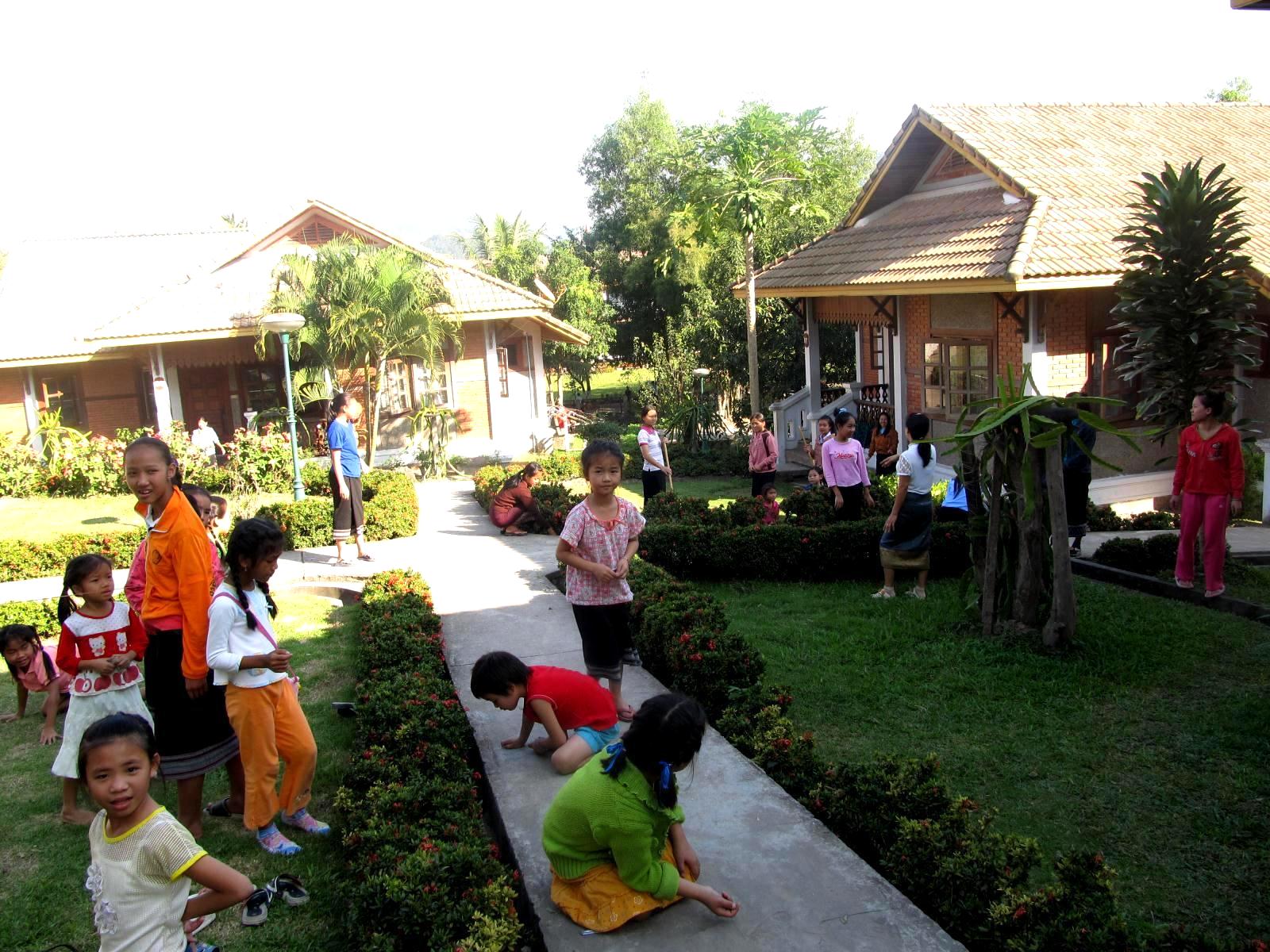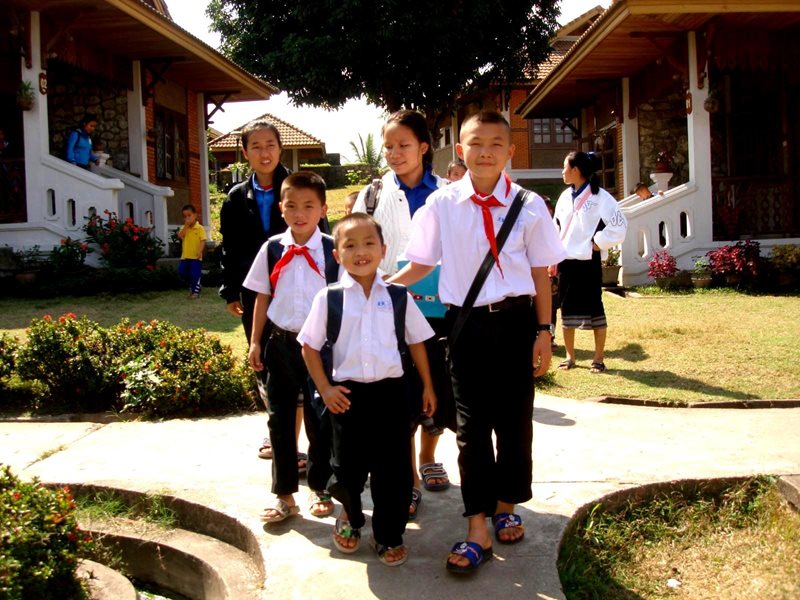Families living in the rural areas around Luang Prabang continue to struggle
.jpg?width=800)
Luang Prabang is situated in a mountainous region in northern Laos, about 400 km from Vientiane. The city was the capital of the Kingdom of Laos until 1975. Since 1995, Luang Prabang is a UNESCO World Heritage Site; its monastery, many Buddhist temples and natural sites have made it one of the main tourist destinations in the country.
The people of Luang Prabang live mainly on tourism and the textiles trade. Although life has improved for many living in the historic centre, those based in the rural areas of the region face many hardships.
The surrounding areas are mainly agricultural, consisting of farms and paddy fields. The northern region of Laos continues to be one of the poorest; some parents do not earn enough to provide their children with the amount and type of food they require and the children suffer from malnutrition. Other parents manage to meet the basic needs but can only dream of sending their children to school. Furthermore, the infant mortality rate is high especially as access to clean water and medical care is often inadequate.
As life in rural areas is difficult, many parents move to the city of Luang Prabang. Likewise many children who have lost parental care come to the city in search of a better life. These children usually only speak their indigenous dialects and have not learned the Laotian language, thus making their integration into city life hard. Many do not attend school but spend their days making a living by scavenging, begging, or selling on the streets.
A need for long-term support
Due to the fact that vulnerable people were in need of support, the government donated the land on which the SOS Children's Villages family homes, kindergarten and school were built and where our activities are based.
Unfortunately the Asian financial crisis of 1997-1998 badly affected the development of Laos and there was an increase in the number of children in need of assistance. Although the economy has improved in recent years, over a quarter of the population continues to live in poverty, with international organisations implementing sustainable development plans to improve the lives of poor and vulnerable people.
What we do in Luang Prabang

SOS Children's Village Luang Prabang is situated about four kilometres outside the town, near the village of Ban Pong, on the main road to Muang Khai. The site includes a paddy field and a pond which provide the families with rice and fish.
Children who can no longer live with their families and need long-term loving care can move into one of the 14 SOS families, where they grow up with their sisters and brothers; in Luang Prabang up to 140 children can be looked after by the SOS mothers.
The SOS Kindergarten can is attended by up to 100 children from both the SOS families and from the neighbourhood. The provision of day-care is particularly valued by those parents who receive training or go to work – they know that their children are being cared for by professionals. As children grow older they can go to the SOS Hermann Gmeiner School which provides students with both a primary and a secondary education. There is also a canteen at the school, so children are offered a nutritious meal. The SOS Kindergarten and school are attended by both children from the local community, as well as from the SOS families. As the children spend time together, they become friends and this aids mutual understanding.
When the young adults are ready to move out of the SOS families, they join the SOS Youth Programme. They can live here while they attend further education, receive training or start their working lives. With the help of professionals the young people are encouraged to develop perspectives for their future, learn to shoulder responsibility and increasingly make their own decisions.